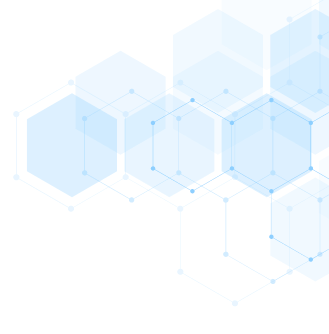DESCRIPTION
Mechanism of Action
• Potent and selective nonsteroidal inhibitor of aromatase.
• Inhibits the synthesis of estrogens by inhibiting the conversion of
adrenal androgens (androstenedione and testosterone) to estrogens
(estrone, estrone sulfate, and estradiol). Serum estradiol levels are
suppressed by 90% within 14 days, and nearly completely suppressed
after 6 weeks of therapy.
• No inhibitory effect on adrenal corticosteroid or aldosterone biosynthesis.
Mechanism of Resistance
• Decreased expression of ER.
• Mutations in the ER leading to decreased binding affinity to anastrozole.
• Overexpression of growth factor receptors, such as EGFR, HER2/neu,
IGF-1R, or TGF-β that counteract the inhibitory effects of anastrozole.
• Presence of ESR1 mutations.
Distribution
Widely distributed throughout the body. About 40% of drug is bound to
plasma proteins.
Metabolism
Extensively metabolized in the liver (up to 85%) by N-dealkylation,
hydroxylation, and glucuronidation, to inactive forms. Half-life of drug is
about 50 hours. Steady-state levels of drug are achieved after 7 days of a oncedaily
administration. The major route of elimination is fecal, with renal
excretion accounting for only 10% of drug clearance.
Indications
1. Metastatic breast cancer—FDA-approved for the first-line treatment of
postmenopausal women with hormone-receptor positive or
hormone-receptor unknown disease.
2. Metastatic breast cancer—Postmenopausal women with hormonereceptor
positive, advanced disease, and progression while on
tamoxifen therapy.
3. Adjuvant treatment of postmenopausal women with hormonereceptor
positive, early-stage breast cancer; FDA-approved.
Dosage Range
1. Metastatic breast cancer—Recommended dose is 1 mg PO qd for
both first- and second-line therapy.
2. Early-stage breast cancer—Recommended dose is 1 mg PO qd for
adjuvant therapy. The optimal duration of therapy is unknown. In
the ATAC trial, anastrozole was given for 5 years.
Drug Interactions
None well characterized.
Special Considerations
1. No dose adjustments are required for patients with either hepatic or
renal dysfunction.
2. Caution patients about the risk of hot flashes.
3. No need for glucocorticoid and/or mineralocorticoid replacement.
4. Closely monitor women with osteoporosis or at risk of osteoporosis
by performing bone densitometry at the start of therapy and at regular
intervals. Treatment or prophylaxis for osteoporosis should be initiated
when appropriate.
5. Pregnancy category D. Breastfeeding should be avoided.
Toxicity 1
Asthenia is most common toxicity and occurs in up to 20% of patients.
Toxicity 2
Mild nausea and vomiting. Constipation or diarrhea can also occur.
Toxicity 3
Hot flashes. Occur in 10% of patients.
Toxicity 4
Dry, scaling skin rash.
Toxicity 5
Arthralgias occur in 10%–15% of patients involving hands, knees, hips,
lower back, and shoulders. Early morning stiffness is usual presentation.
Toxicity 6
Headache.
Toxicity 7
Peripheral edema in 7% of patients.
Toxicity 8
Flu-like syndrome in the form of fever, malaise, and myalgias.
SPECIFICATION


Login To Comment